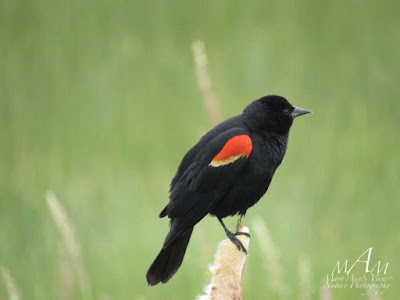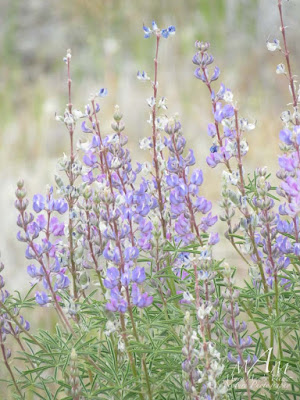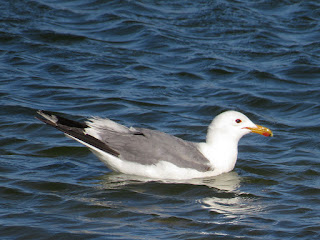On my first longer visit to Death Valley, a chance encounter with another visitor introduced me to Manzanar. We were not going to be on that road again for a long time, so as we were traveling north on US HWY 395, I was determined to stop and see Manzanar. When I was growing up and going through high school, by the time we got to May we were just barely getting to World War II and maybe the Korean War. Knowing that now kids have 50 more years of US history to cover in one year makes me know that it is hard to cover everything. Regardless, in my high school and college history classes, no mention was ever made of the US Japanese internment camps like Manzanar. he lady that told me about her visit talked about the gardens and what remained and how the Japanese there tried to make something beautiful and that one could still see their efforts so many years later.
My visit was during the afternoon on a day with wind warnings. Stepping out of the car, the sand whipped and stung my face and skin blown by the strong winds. It reminded me of Texas Panhandle winds that you had to lean into to walk. It was a warm day in the desert.
Manzanar sits in the desert with the Sierra Nevada mountain range close on one side.
For those of you like me that have not heard about places like Manzanar, the bombing of Pearl Harbor started the United States involvement in World War II. We had Japanese people that were already living in the United States. Many were citizens with jobs, businesses, families, etc. Many owned property. Beginning shortly after Pearl Harbor in 1942, more than 110, 000 men, women, and children were ordered to leave their homes and were detained in ten remote, military-styled camps. 10,000 Japanese Americans spent their time during World War II at Manzanar.

The visitor center was closed, being renovated and painted. The visitor center has a film available on YouTube. I just finished watching it:
Remembering Manzanar This documentary has interviews from people who were there.


COVID restriction notices were posted on each doorway. Only one family group at a time was supposed to enter the buildings and masks were required. It was not a busy time at Manzanar when we visited. There were only a few other people, but at the end of my visit a busload of teenagers showed up. They began playing basketball.
I did not make it to some of the remains of the beautiful gardens they created, but I did go in all the restored buildings. Most of the buildings are gone with only the foundations and the walkways remaining.
There was no privacy for using the bathroom or for showering.

Manzanar means "apple orchard." They grew much of their own food and they prepared food to serve this large number of people.


Most of the buildings are gone. But the sidewalks and paving stones are left. I did not see a path to where the remnants of the decorative gardens remain. The desert is not kind to plants.
The next day we drove by the Tule Lake National Monument. It was late and closed. It has a different story to tell. This is where George Takei of Star Trek fame spent his World War II childhood.




















































